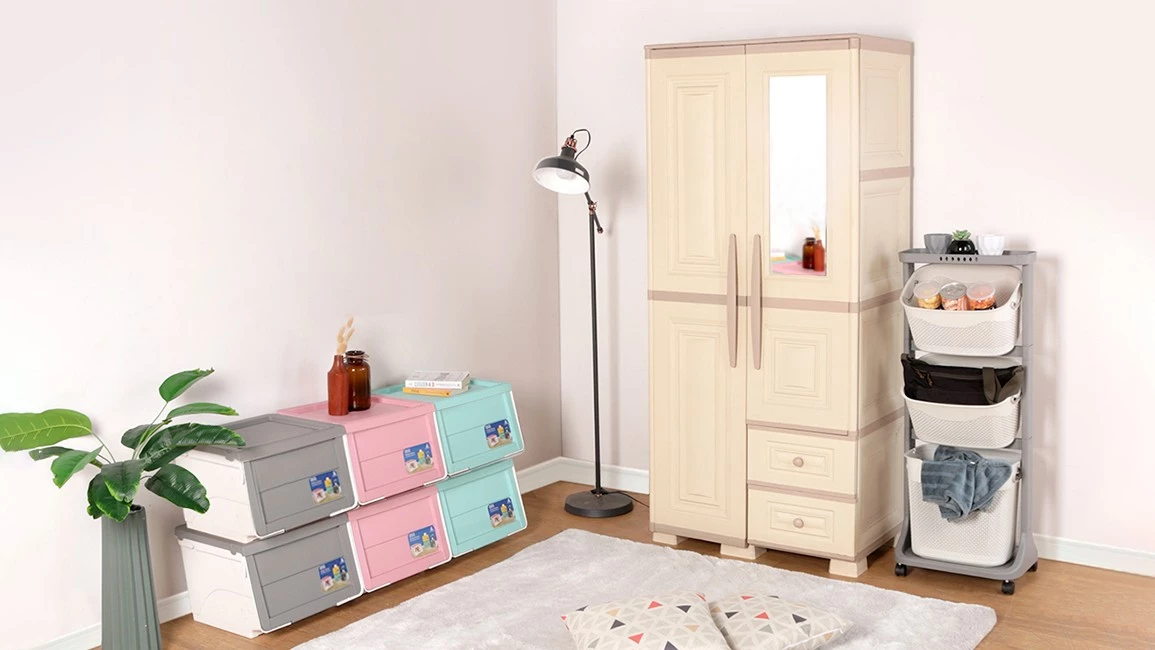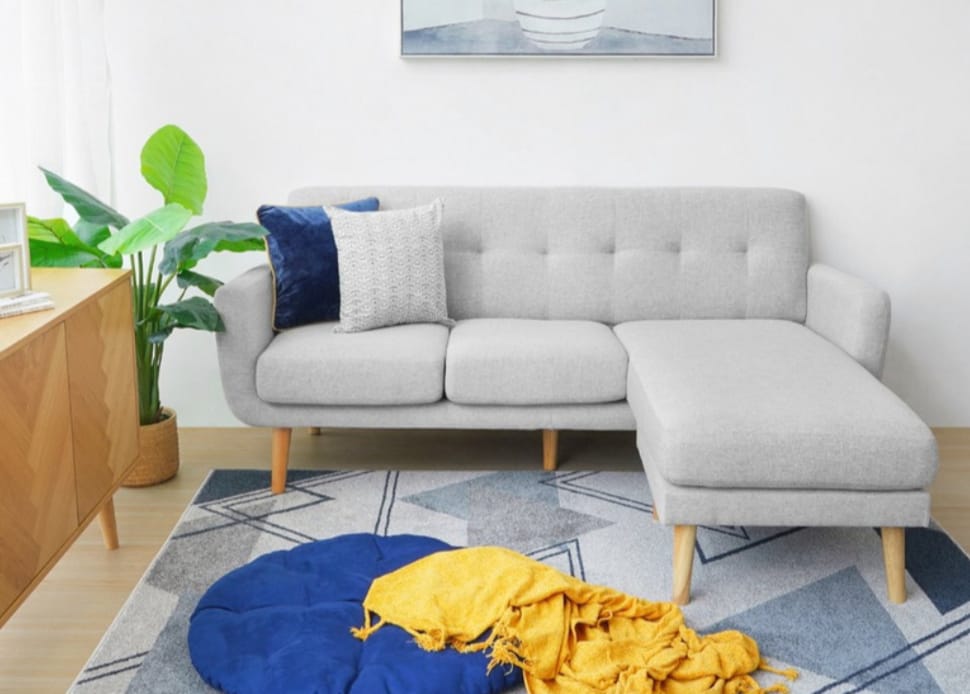Furniture is not merely a functional necessity; it is an essential element that defines the character and ambiance of a living space. Whether you’re moving into a new home or looking to refresh your current space, understanding the art and science of furniture selection and arrangement is crucial. In this guide, we’ll delve into the world of furniture, exploring key considerations, popular styles, and practical tips for creating a harmonious and aesthetically pleasing home.
The Evolution of Furniture From Functional to Stylish
Furniture has come a long way from its purely functional roots. While the primary purpose remains to provide comfort and support, modern furniture is a testament to craftsmanship and design innovation. Styles have evolved over centuries, reflecting cultural influences, technological advancements, and changing lifestyles.
Historical Influences on Furniture Design
- Ancient Beginnings: Furniture traces its roots back to ancient civilizations like Egypt, Greece, and Rome. Each culture contributed unique styles and materials, from the opulence of Egyptian thrones to the simplicity of Greek klismos chairs.
- Medieval Craftsmanship: The Middle Ages saw intricate craftsmanship, with furniture becoming a symbol of wealth and status. Ornate woodcarvings and detailed upholstery became prominent features.
- Renaissance Revival: The Renaissance period brought a revival of classical designs, with an emphasis on symmetry and proportion. Rich materials like walnut and oak gained popularity.
- Industrial Revolution Impact: The 19th century marked the Industrial Revolution, leading to mass production. This era introduced new materials such as steel and plastic, revolutionizing furniture design.
Key Considerations When Choosing Furniture
When embarking on the journey of selecting furniture for your home, several considerations can guide your choices.
1. Functionality
Before delving into aesthetics, consider the primary function of each piece. Whether it’s a sofa, dining table, or bed, ensure that it meets your practical needs. Think about the number of people it should accommodate, its intended use, and any additional features.
2. Style and Aesthetics
Your furniture should complement your overall design aesthetic. Whether you lean towards modern minimalism, classic elegance, or eclectic bohemian, choose pieces that align with your style preferences. Harmonizing colors and textures can tie the entire room together.
3. Quality and Durability
Investing in high-quality furniture is a wise decision for long-term satisfaction. Look for sturdy construction, durable materials, and attention to detail. While it may involve a higher upfront cost, quality furniture tends to stand the test of time.
4. Room Layout and Size
Consider the size and layout of your room when selecting furniture. Measure the available space to ensure that your chosen pieces fit comfortably without overwhelming the room. Create a floor plan to visualize the arrangement and flow of the space.
5. Budget Constraints
Establish a budget before diving into furniture shopping. While it’s tempting to splurge on statement pieces, a well-balanced mix of high and low-cost items can create a stylish yet budget-friendly interior.
Popular Furniture Styles and Trends
Understanding different furniture styles can help you make informed choices that resonate with your personal taste. Here are some popular styles and the characteristics that define them:
1. Mid-Century Modern
Characterized by clean lines, organic shapes, and a focus on functionality, mid-century modern furniture emerged in the mid-20th century. Think sleek sofas, tapered legs, and bold geometric patterns.
2. Traditional
Drawing inspiration from classic European designs, traditional furniture exudes elegance and timelessness. Ornate detailing, rich wood finishes, and luxurious fabrics are hallmarks of this style.
3. Contemporary
Contemporary furniture reflects the current design trends, emphasizing simplicity, neutral colors, and innovative materials. This style often incorporates elements of modernism but is not confined to a specific era.
4. Industrial
Inspired by the raw, unfinished look of industrial spaces, this style features exposed brick, metal accents, and utilitarian designs. Furniture in the industrial style often combines functionality with a rugged aesthetic.
5. Scandinavian
Known for its simplicity, functionality, and emphasis on natural materials, Scandinavian furniture is characterized by clean lines, light colors, and a focus on creating a cozy, uncluttered atmosphere.
Arranging Furniture for Optimal Harmony
Once you’ve selected the perfect pieces, arranging them in a way that maximizes space and enhances the overall aesthetic is crucial. Consider the following tips for a well-balanced and harmonious arrangement:
1. Create a Focal Point
Designate a focal point in each room, whether it’s a fireplace, a statement wall, or a piece of artwork. Arrange furniture around this focal point to create a visually appealing and cohesive look.
2. Consider Traffic Flow
Ensure that there is a clear and unobstructed path through the room. Arrange furniture to facilitate easy movement, keeping in mind the natural flow of foot traffic.
3. Balance and Symmetry
Achieve balance by distributing visual weight evenly throughout the room. If you have a large, imposing piece of furniture on one side, balance it with smaller, complementary pieces on the other.
4. Layer Textures and Colors
Add depth and interest to your space by incorporating a variety of textures and colors. Mix and match materials like wood, metal, and fabric to create a visually dynamic environment.
5. Scale and Proportion
Consider the scale and proportion of each piece in relation to the size of the room. Avoid overcrowding or under-furnishing by finding a balance that feels comfortable and proportionate.
In conclusion, furniture is more than just functional; it is an expression of personal style and a crucial element in creating a harmonious living space. By considering factors such as functionality, style, quality, and room layout, and understanding popular furniture styles, you can make informed choices that enhance the overall aesthetic of your home. Combine this with thoughtful furniture arrangement, and you’ll transform your space into a haven of comfort and style. Whether you’re working with a spacious living room or a cozy apartment, the timeless principles of furniture selection and arrangement will guide you towards creating a space that reflects your unique personality and preferences.




